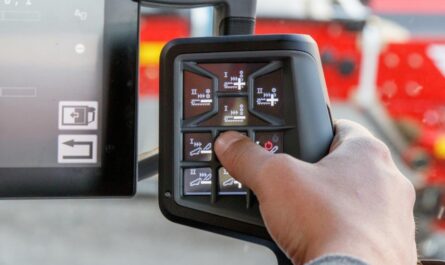The Evolution of Presentation Software
Presentation software has come a long way since the early days. When Microsoft first introduced PowerPoint back in 1990, it was a basic tool for creating slideshows on desktop computers. Over the years, presentation software has rapidly advanced and become much more powerful and flexible. Nowadays, modern presentation programs offer a wide range of features that were unimaginable just a few decades ago. They have become essential tools for communicating ideas in both business and education.
Collaboration Beyond Desktops
One of the biggest changes is the ability to work on presentations collaboratively from anywhere. With cloud-based software and mobile apps, teams can now collaborate on projects in real-time regardless of location. People can join meetings remotely and view or edit slides from laptops, tablets and smartphones. Comments and annotations allow for rich discussions around content. Version control ensures the latest inputs from all participants are incorporated seamlessly. This level of flexibility has transformed how organizations operate globally. Distance is no longer a barrier for sourcing ideas or working together on projects.
Engaging Content Beyond Text
Early Presentation Software tools were primarily focused on text. But modern software makes it easy to bring all forms of rich media into the mix. Videos, images, charts and diagrams can now be embedded directly into slides to enhance storytelling. Animated effects and transitions keep audiences engaged. Integrations with other applications open up possibilities for importing things like spreadsheets and 3D/VR models. Presenters can craft visually compelling presentations that appeal to different learning styles and keep viewers interested. Well-designed content with the right combination of elements result in improved comprehension and retention of key messages.
Interactive and Immersive Experiences
With interactive touch displays and mobile devices ubiquitous, software providers are enabling new types of immersive experiences. Features like ink annotations, digital sticky notes and drawing tools support two-way participation. Polls and quizzes make presentations bidirectional and keep audiences involved. Integrations with AR/VR give speakers novel ways to bring abstract concepts to life. The lines between passive viewing and active engagement are blurring. Audiences are no longer simply consumers of information but can also contribute insights through interactive elements built right into the presentation interface.
Customizable for Any Audience
Powerful templates, themes and viewing modes allow content to be tailored for specific contexts. Presenters can quickly switch layouts, designs and fonts to match their event or area of focus. Dark modes are easier on the eyes during long sessions. Widescreen and kiosk modes cater to large displays at conferences. Sections and slide numbering provide flexibility in navigation. Adaptive slide sizes ensure content displays properly across different screen sizes like laptops, projectors and mobile devices. Speakers can build presentations with confident their content will look polished regardless of viewer or environment.
effortless Delivery Anytime, Anywhere
Modern software delivers presentations without fuss, from any conference room or online meeting. Built-in tools for sharing screens, remote control of slides and real-time slide synchronization eliminate technical issues that could disrupt flow. Speakers have peace of mind knowing the technology will just work seamlessly wherever they are. Recordings capture the entire experience for later sharing or training purposes. Auto-saves ensure work is never lost. And integrated analytics provide valuable post-event insights into engagement and impact of different content elements. The software completely takes care of logistics behind-the-scenes, so presenters can focus fully on their message.
Overall, presentation software has seen tremendous innovation that has powered new ways of collaboration, richer storytelling and immersive experiences. These advances have digitally transformed how professionals across functions leverage visual content to share ideas, impart knowledge and drive outcomes. Looking ahead, continued enhancements promise to make presentations even more interactive and impactful.




